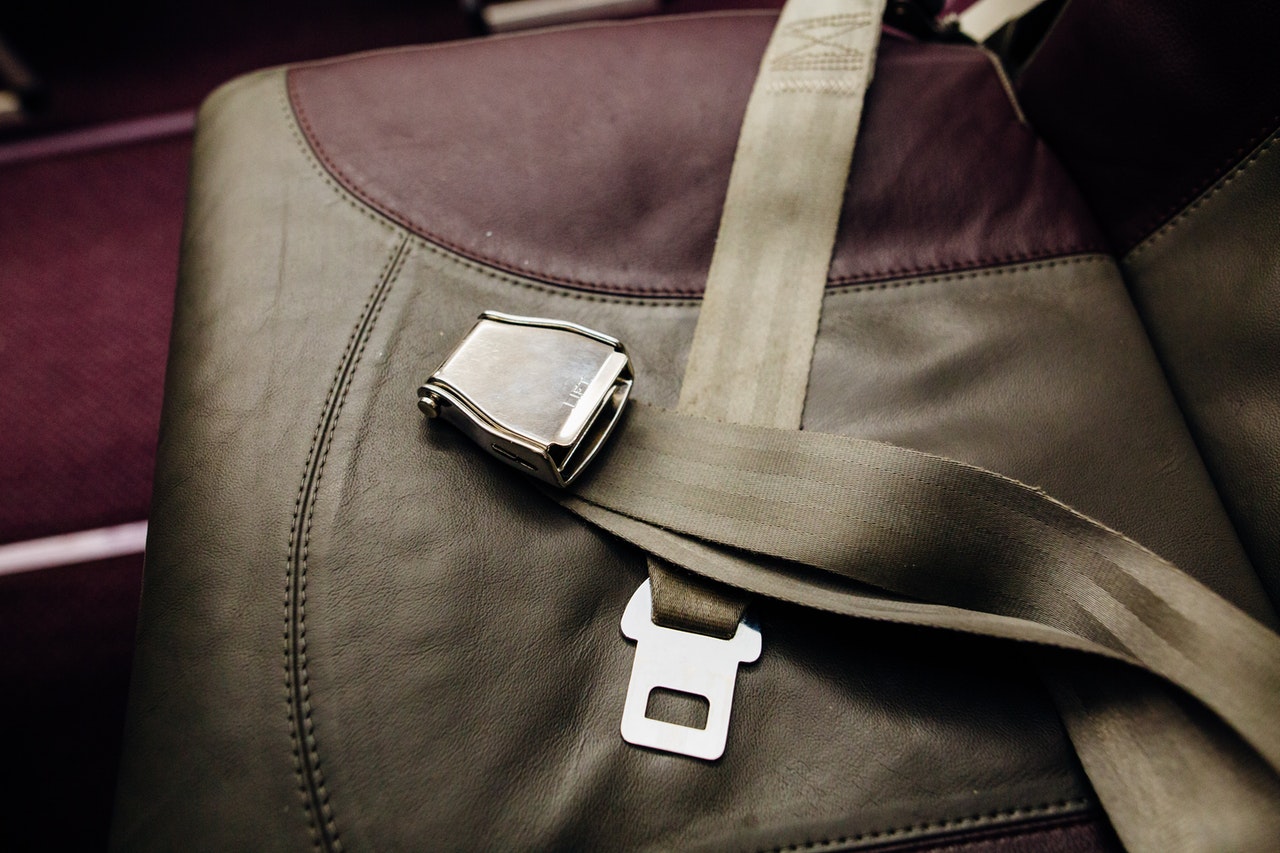All cars come with seat belts. In driving school, seat belt safety is drilled into our heads as one of the fundamentals of responsible driving.
It has been proven time and time again how effective seat belts are in saving lives in car crashes. The government placed sanctions on violations of seat belt safety to discourage drivers from driving without their seat belts buckled.
The Long Road to Seat Belt Safety
Although George Cayley invented seat belts for pilots to prevent them from falling out of their planes, it wasn’t until 1855 that Edward Claghorn patented seat belts to be used by taxi drivers in transporting tourists in New York City. When 1930 came around, physicians tested seat belts and proved how useful they are in ensuring passenger safety.
But the seat belts they had then are still far from the ones we have now. Despite results showing an increase in passenger safety, it still took decades before wearing seat belts became mandatory. One of the arguments against seat belts at the time was seat belts can cause internal injuries when worn in car crashes.
In 1950, the three-point seat belt we use today, devised by Volvo, came around. It goes across your chest and abdomen, protecting your upper and lower body. It still took less than two decades before seat belts became mandatory for car companies to include seat belts in all cars they manufacture and for drivers to use them.
Seat Belts Components and How They Function
Without seat belts, you would probably be ejected or at least hit the inside of your windshield when you simply press on your brakes too hard. Seat belts are there to ensure you stay seated and safe inside your car even when you travel 60 mph.
They contribute to preventing brain or spine damage for you in a car crash and distributing the force of the impact across your body to limit injuries. Pretensioner, more commonly referred to as the buckle, is the one where you lock the seat belt in place and also the one that contains the release.
The seat belt retractor is the other part of the seat belt that latches on to the pretensioner. Meanwhile, the strap that goes above your chest and waist is called material webbing. This is designed that way to distribute the force of impact across your body instead of just one area or your chest. The last part is the pillar loop; it functions as a guide for the webbing across your chest.
Performing Seat Belt Maintenance and Why
Over time seat belts break down too. Always check if your seat belts are functioning properly. It is challenging to be in a position where you need it, only to discover it is broken or not working properly. In some accidents, seat belts weren’t able to secure their passengers due to the failure of the locking mechanism.
There are times as well when seat belts aren’t sized appropriately according to the stature and size of the passenger. Small passengers like children are not well secured since seat belts are mostly tailored for adults, especially in the front.
A few things to check if your seat belt needs to be fixed are checking the integrity of the webbing material (if it is torn or worn out), whether the locking mechanism works, and whether the pretensioner clicks appropriately and firmly. If any of these conditions are not met, consider bringing your car to a mechanic.
In Conclusion
Safety is paramount, and it is something that should never be compromised. Seat belts have come a long way to protect drivers and passengers from all over the world, not just in cars but also in planes and other vehicles.
Check out our seat belt repair services at SRS Restore. We offer seat belt repair services, and airbag module reset with quality parts and a warranty. Contact us today!

